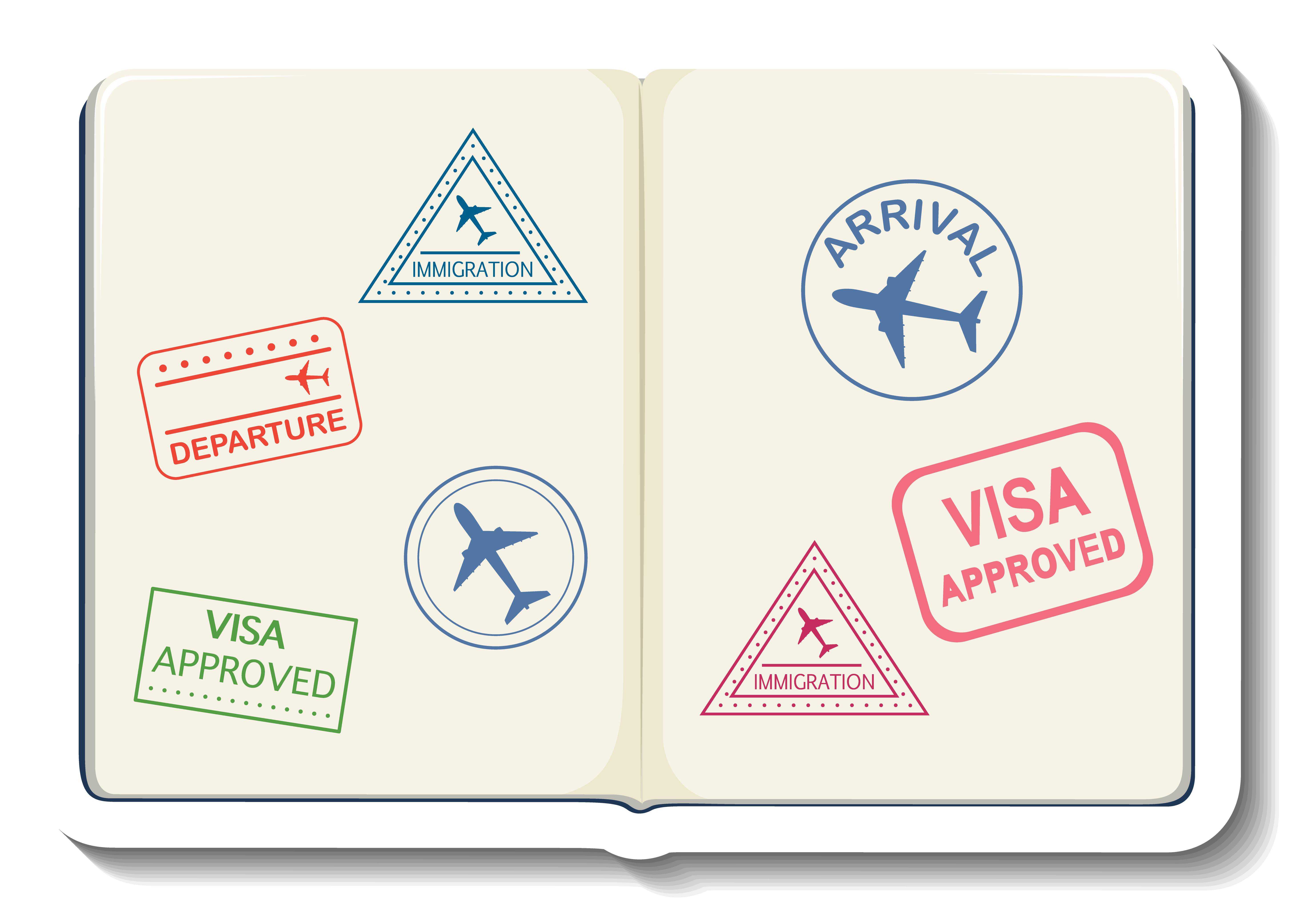Throughout human history, people have traveled from one place to another for a variety of reasons. From trade and exploration to education and migration, travel has been an essential part of the human experience. However, as civilizations evolved, so did the need for regulations and restrictions on the movement of people across borders. In this article, we will explore the history of visas, from the Silk Road to modern times.
The Silk Road, which connected China and Europe from the second century BCE to the 18th century CE, was one of the earliest and most significant trade routes in history. Along this route, merchants, scholars, and diplomats traveled across Asia, exchanging goods, ideas, and cultural practices. However, as trade grew and the Silk Road became more crowded, local authorities began to regulate the movement of people and goods.
The earliest known example of a travel document is the safe conduct pass issued by the Chinese Emperor Han Wudi in 141 BCE. This document allowed diplomats and merchants to travel safely through different regions of China, avoiding harassment and extortion by local officials. Over time, other countries in Asia and Europe adopted similar practices, issuing travel documents that guaranteed the bearer safe passage through foreign lands.
The concept of a visa, as we know it today, began to emerge in the early modern period, when European powers began to establish overseas colonies and engage in international trade. The first modern visa system was introduced by the Ottoman Empire in the late 18th century, which required foreign travelers to obtain a special document, known as a teskereh, in order to enter the country.
In the 19th century, as travel and trade became more globalized, other countries began to adopt visa systems. The United States, for example, introduced its first visa requirement in 1855, which applied to Chinese immigrants. Other countries followed suit, and by the early 20th century, most countries had some form of visa requirement for foreign travelers.
During World War I, visa regulations became more stringent, as countries sought to control the movement of people and prevent espionage and sabotage. Many countries introduced complex visa systems that required applicants to submit extensive documentation and undergo background checks. After the war, many of these regulations were relaxed, but visa requirements remained in place.
In the post-World War II era, as international travel became more common, the visa system became more standardized. In 1947, the International Air Transport Association (IATA) introduced a standardized travel document, known as the passenger ticket and baggage check, which included information on visa requirements for different countries. In 1963, the United Nations adopted the Convention on the Elimination of All Forms of Racial Discrimination, which prohibited discrimination based on race or nationality in the issuance of visas.
During the colonial era, European powers established strict controls on the movement of people within their empires. For example, the British Empire required Indian and Chinese laborers to obtain special permits, known as passes, in order to travel within colonial territories. These passes were often used to restrict the movement of workers and prevent them from organizing or agitating for better working conditions.
During the Cold War, visa regulations became even more complex, as countries sought to prevent the spread of communist ideology and espionage. The United States, for example, introduced the McCarran-Walter Act in 1952, which allowed the government to exclude or deport anyone deemed to be a security risk. This law was controversial and led to widespread discrimination against immigrants from certain countries.
In the 21st century, the visa system has become more complex and controversial, as countries struggle to balance the need for security with the desire to promote tourism and economic growth. Many countries have introduced electronic visa systems, which allow travelers to apply for visas online and receive an electronic document that can be presented at the border. However, visa regulations remain a significant barrier for many travelers, particularly those from developing countries or those seeking to migrate permanently.
In recent years, the visa system has come under scrutiny for its impact on tourism and economic growth. Many countries, particularly in the developing world, rely on tourism as a major source of income, and visa requirements can deter travelers from visiting. In response, some countries have introduced more lenient visa policies, such as visa-free entry for certain nationalities or visa exemptions for short-term visits.
At the same time, visa regulations have become a major barrier for those seeking to migrate permanently. Many countries have introduced strict immigration policies, such as quotas or point systems, that require applicants to meet certain criteria in order to be eligible for a visa. This has led to long wait times, high application fees, and a growing number of undocumented migrants who are unable to obtain legal status.
Overall, the history of visas reflects the complex and evolving nature of human migration. While the visa system has helped to regulate and control the movement of people across borders, it has also been a source of controversy and discrimination. As the global community becomes more interconnected, it is likely that the visa system will continue to evolve in response to changing economic, political, and social conditions.
In conclusion, the history of visas reflects the changing nature of human migration and the need for regulations and restrictions on the movement of people across borders. From the Silk Road to modern times, the visa system has evolved to reflect the complex and interconnected nature of the global community. While the visa system remains a contentious issue in international politics, it is an essential tool for ensuring the safety and security of travelers and the countries they visit.
Discover More
Most Viewed
Nature never ceases to amaze us with its breathtaking beauty and natural phenomena. In this blog, we highlight ten fascinating natural events that attract travelers from around the world.
Read More
















